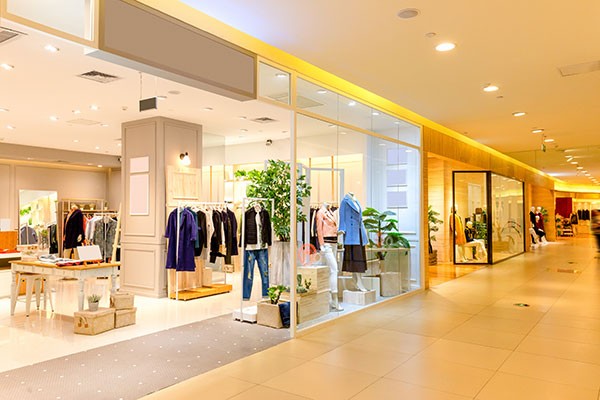The retail landscape is evolving rapidly, and brick-and-mortar stores face increasing pressure from online competition and changing consumer preferences. While the challenges are undeniable, retail stores that stay proactive and adaptable can still thrive. For store owners and managers, it’s critical to identify areas of improvement and implement strategies to turn things around.
Here are five strategies to help rescue retail stores from decline and set them on the path to growth.
1. Enhance the In-Store Experience
Successful retail stores don’t just sell products, they offer experiences that draw customers in and keep them coming back. Creating a welcoming, interactive, and enjoyable environment is key to standing out.
You should focus on elements like store layout, lighting, and ambiance to make the space inviting. Product displays should be visually appealing and easy to browse. You can consider adding experiential elements such as live demonstrations, workshops, or interactive technology to engage customers.
The goal should be to provide an experience that online shopping can’t replicate and give customers a reason to visit your store in person.
2. Leverage Omnichannel Strategies
Retail success today requires connecting with customers across multiple touchpoints. By integrating online and offline channels, you can create a seamless shopping experience that meets modern consumer expectations.
For instance, offer click-and-collect options (buying online and picking up in-store) or allow customers to return online purchases to physical locations. Use social media and email campaigns to drive traffic to your store by promoting in-store-only deals or events.
An omnichannel strategy builds brand consistency and ensures you’re capturing customers wherever they are, increasing both foot traffic and sales.
3. Optimize Inventory Management
Overstocked shelves and out-of-stock items can frustrate customers and hurt your bottom line. Optimizing your inventory ensures you’re meeting customer demand efficiently without tying up capital in excess stock.
You can use historical sales data and predictive analytics to forecast demand and adjust stock levels accordingly. For instance, if specific items always sell out during seasonal peaks, plan ahead to ensure you have enough supply. Conversely, identify slow-moving items and consider discounting them or discontinuing them to make room for better-performing products.
Having the right products at the right time strengthens customer satisfaction and reduces costly waste.

4. Focus on Customer Engagement
Customers want to feel valued, not like just another transaction. Building strong relationships with your customers can help differentiate your store and foster loyalty.
Train your staff to provide exceptional service. Encourage them to engage with shoppers, offer personalized recommendations, and address their needs attentively. Create loyalty programs that reward repeat customers and encourage them to keep coming back.
Engagement also extends beyond the store. Try to stay connected with your audience through social media channels, email newsletters, or even SMS updates. Share tips, promotions, and behind-the-scenes content that showcases your store’s personality and builds a genuine connection with your customers.
5. Use Data Analytics for Decision-Making
Data analytics is a powerful tool for retail businesses looking to maximize results. It allows you to track sales trends, understand customer behavior, and uncover opportunities for improvement. When your decisions are backed by data, your actions become more strategic and impactful, driving better results over time.
Conclusion
While the challenges facing retail stores are significant, they’re not insurmountable. By enhancing the in-store experience, adopting omnichannel strategies, optimizing inventory, engaging with customers, and utilizing data analytics, retailers can revitalize their stores and reclaim their competitive edge.
Retail success requires a proactive approach and a willingness to adapt to changing consumer demands. With these strategies in hand, you’re well-equipped to bring your store back on the path to sustained growth. The future of retail is bright for those who innovate and prioritize their customers.

